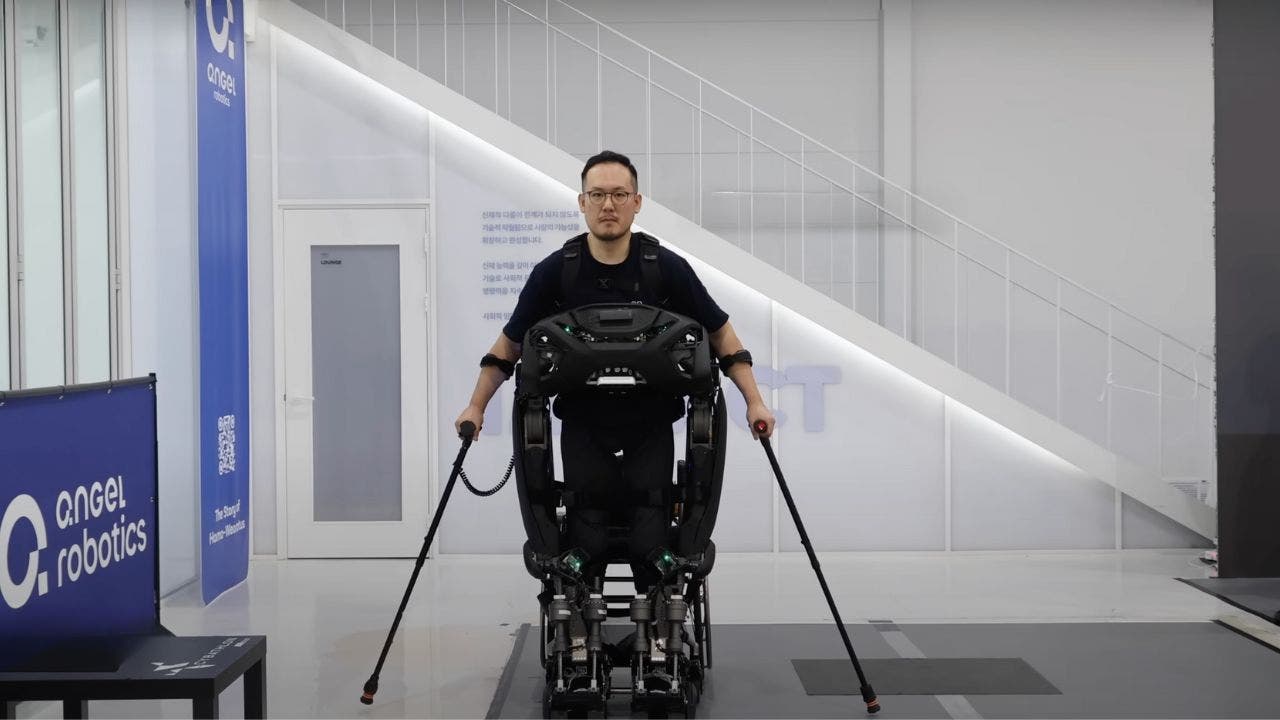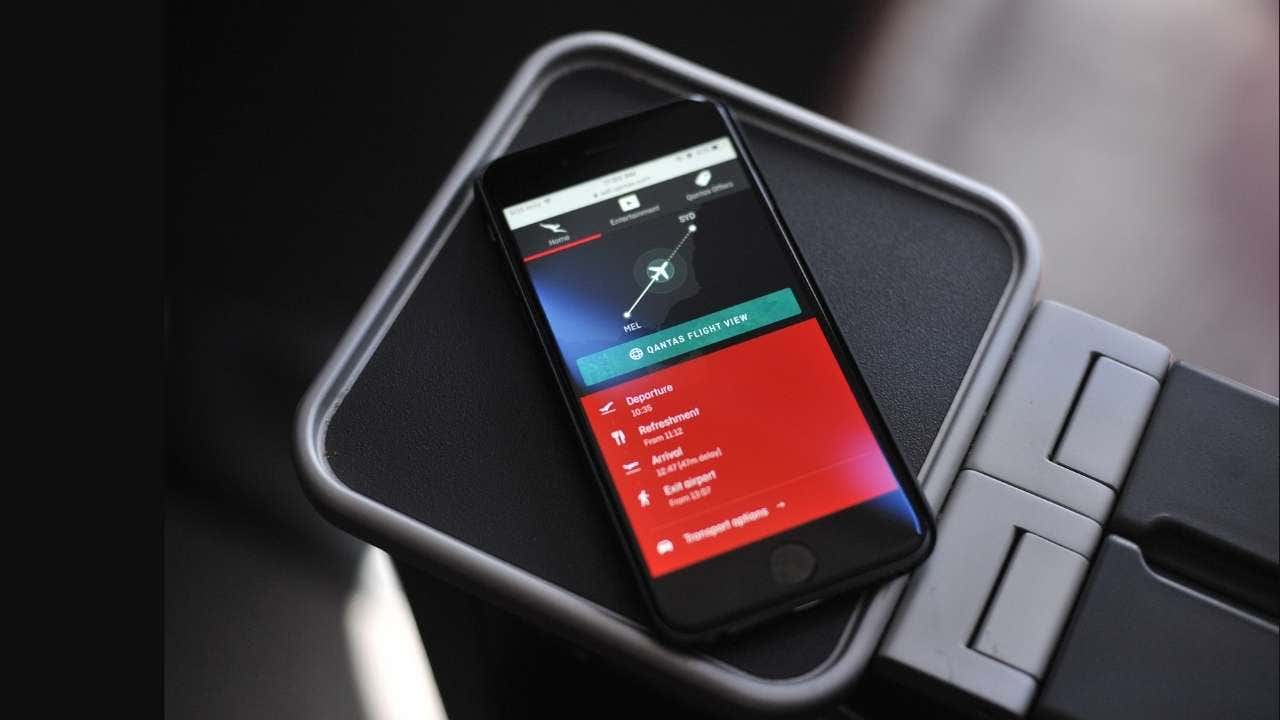Exoskeleton helps paralyzed people regain independence

Advancements in technology are continually reshaping the landscape of mobility aids, particularly for individuals with disabilities. Among these innovations, the WalkON Suit F1, developed by KAIST (Korea Advanced Institute of Science and Technology), stands out as a groundbreaking solution for paraplegic patients. Let’s delve into the features, development, and implications of this remarkable wearable robot.
What’s so special about this suit?
Imagine an exoskeleton that doesn’t just help you walk, it comes to you. That’s right, the WalkON Suit F1 can actually walk over to a person in a wheelchair. This incredible piece of tech solves a major problem that other exoskeletons face. Most exoskeletons require helpers to lift users out of their wheelchairs and strap them in. But the WalkON Suit F1 has a nifty front-docking system that lets the person put it on while still seated in their wheelchair. Talk about independence.
The suit features a system “that actively controls the center of its weight against the pull of gravity” to prevent it from toppling over as the person stands up. And get this: The WalkON Suit F1 has been tweaked to allow people to use both hands while standing upright and even take short walks without needing a cane.
Tech specs of the exoskeleton
The WalkON Suit F1 is packed with cutting-edge technology that sets it apart from its predecessors. It has an impressive balance control system that actively manages its center of weight, ensuring it doesn’t topple over when the user stands up. This is a game-changer for stability and user confidence. The exoskeleton also incorporates AI integration through an onboard neural network application, making the suit more adaptable to different users and situations.
The team has domestically produced all the core parts, including the motor, reducer, motor driver, and main circuit. The motor’s output density has improved twofold, and the control performance of the motor driver is about three times better than the best overseas technology.
Putting the exoskeleton to the test
The WalkON Suit F1 participated in the Cybathlon, an event where assistive technologies compete. The team’s pilot, Seunghwan Kim, completed all the challenges in just six minutes and 41 seconds, securing first place. Tasks included sidesteps between narrow chairs, moving boxes, and food preparation in the kitchen, all without crutches.
The brains behind the exoskeleton
Professor Kyoung-Chul Kong from KAIST’s Department of Mechanical Engineering has been working on exoskeletons since around 2015. The first WalkON Suit was introduced in 2016, and by 2020, they had the WalkON Suit 4.0 walking at a speedy 1.98 mph.
Kurt’s key takeaways
The WalkON Suit F1 is about giving people with paraplegia more independence and mobility. This suit is setting new standards for the entire industry and is the culmination of wearable robot technology for the disabled. It’s exciting to see where this technology will go next.
In conclusion, innovations like the WalkON Suit F1 have the potential to change the lives of individuals with disabilities by providing them with more independence and mobility. Future advancements in assistive technology could further enhance the quality of life for those with disabilities. The possibilities are endless, and it’s inspiring to see how technology continues to evolve to make the world a more inclusive place for everyone.




